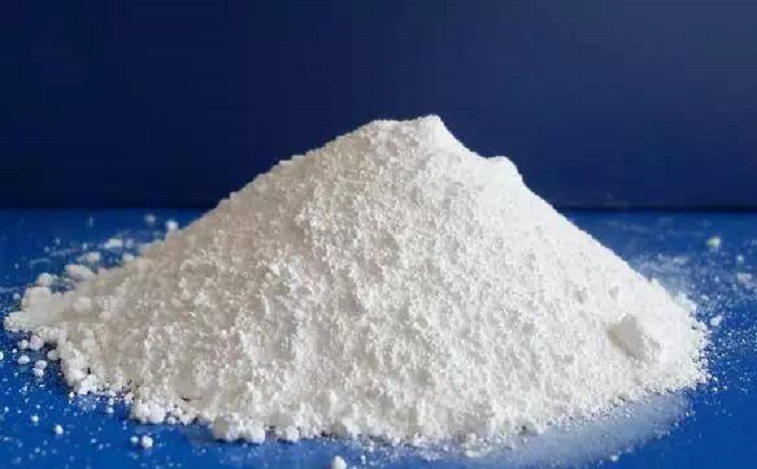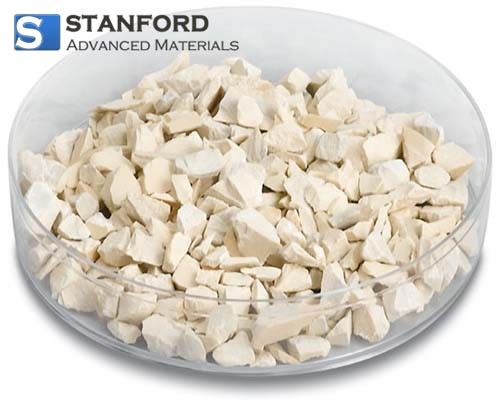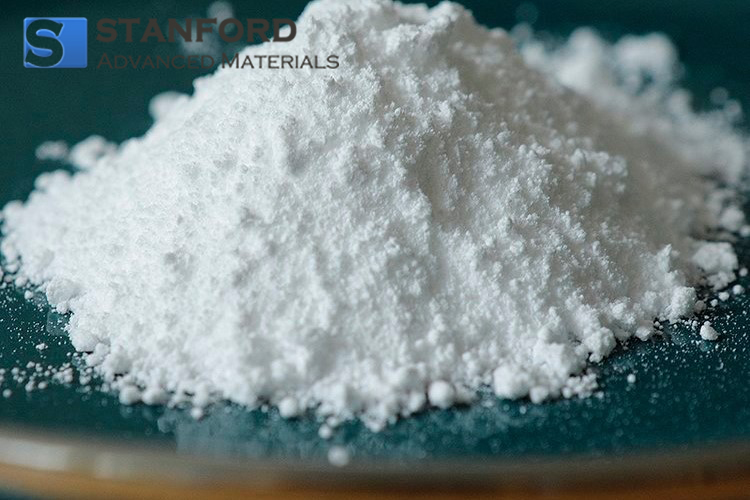Application Of Titanium Dioxide In The Paper Industry
Titanium Dioxide is the whitest substance known. It is widely used as an inorganic white pigment in industrial applications. One gram of Titanium Dioxide can cover an area exceeding 450 square centimetres in white. It is non‐toxic, tasteless and exhibits high opacity, chemical stability and resistance to atmospheric conditions. Consequently, Titanium Dioxide is used in plastics, coatings, paper manufacturing, printing inks, chemical fibres, rubber, cosmetics and various other sectors. In this article we examine the application of Titanium Dioxide in paper manufacturing.

Application of Titanium Dioxide in the Paper Industry
Before proceeding, the classification of Titanium Dioxide requires clarification. According to its crystal structure, Titanium Dioxide is divided into two types: Rutile Titanium Dioxide and Anatase Titanium Dioxide. Rutile Titanium Dioxide has a compact crystal lattice, a high refractive index, consistent optical properties and low thermal conductivity. It is mainly employed in coatings, plastics and printing inks. Anatase Titanium Dioxide is primarily utilised in chemical fibres, paper manufacturing and some interior coatings.
The Application of Titanium Dioxide in the Paper Industry
Paper manufacturing is the third-largest consumer of Titanium Dioxide. Given production costs, materials such as talc, calcium carbonate and calcined kaolin are generally preferred.
When compared with talc, calcium carbonate, calcined kaolin and other materials, Titanium Dioxide provides a high level of whiteness, increased density, a high refractive index and fine, uniform particles. Consequently, the opacity of paper made with Titanium Dioxide is ten times greater than that obtained with alternative materials, and the weight of the paper can be reduced by 15 to 30 per cent. Moreover, the whiteness, gloss and resistance to ultraviolet radiation are improved relative to those achieved with other materials.
However, the cost of Titanium Dioxide is relatively high, and the fine particles tend to agglomerate, thereby increasing abrasion which adversely affects processing equipment. At present, the paper industry continues to rely predominantly on talc and calcium carbonate, with Titanium Dioxide being used only in the production of higher-quality paper.
Addressing the issues of high cost and significant particle abrasion remains a limiting factor in the application of Titanium Dioxide in paper manufacturing. With improvements in production and processing technology and further research into its applications, the utilisation of Titanium Dioxide in paper production may progress.
Conclusion
We thank you for reading this article and trust that it has contributed to a clearer understanding of the application of Titanium Dioxide in paper manufacturing. If you wish to learn more about titanium and Titanium Dioxide, please visit Stanford Advanced Materials for further information.
Stanford Advanced Materials (SAM) is a global supplier of Titanium Dioxide with more than two decades of experience in the production and distribution of titanium and Titanium Dioxide. The company provides titanium products that meet the research and production requirements of its customers. SAM is positioned as a reliable supplier and business partner for titanium products.

 Bars
Bars
 Beads & Spheres
Beads & Spheres
 Bolts & Nuts
Bolts & Nuts
 Crucibles
Crucibles
 Discs
Discs
 Fibers & Fabrics
Fibers & Fabrics
 Films
Films
 Flake
Flake
 Foams
Foams
 Foil
Foil
 Granules
Granules
 Honeycombs
Honeycombs
 Ink
Ink
 Laminate
Laminate
 Lumps
Lumps
 Meshes
Meshes
 Metallised Film
Metallised Film
 Plate
Plate
 Powders
Powders
 Rod
Rod
 Sheets
Sheets
 Single Crystals
Single Crystals
 Sputtering Target
Sputtering Target
 Tubes
Tubes
 Washer
Washer
 Wires
Wires
 Converters & Calculators
Converters & Calculators
 Write for Us
Write for Us


 Chin Trento
Chin Trento



